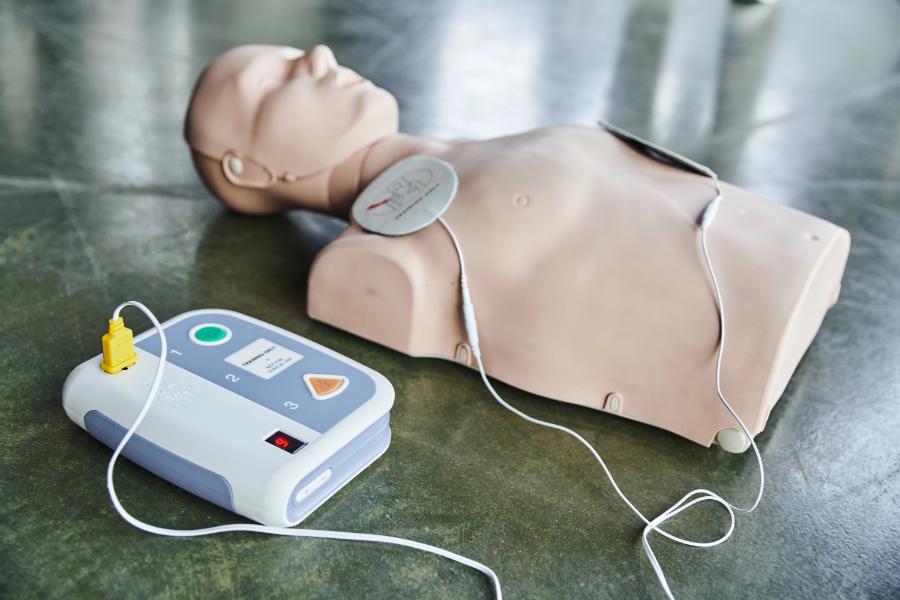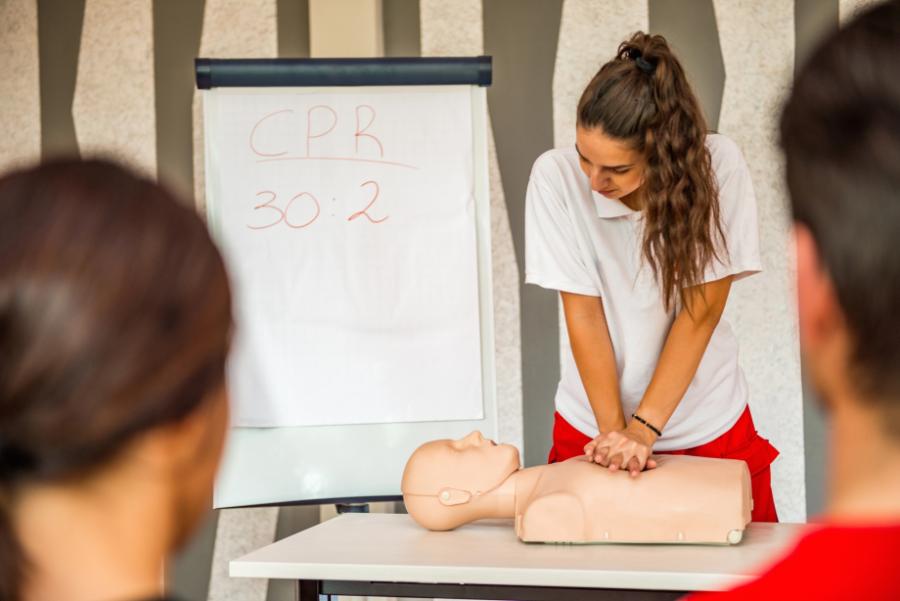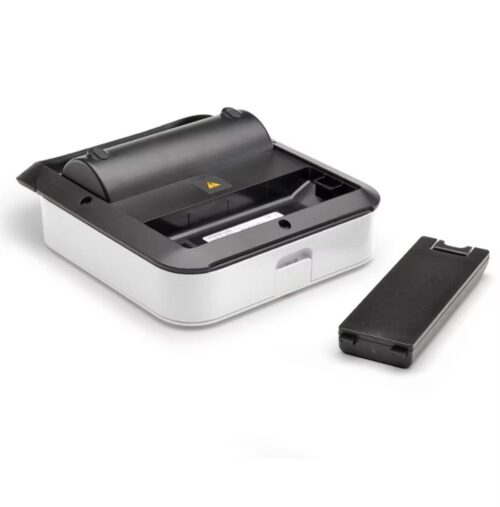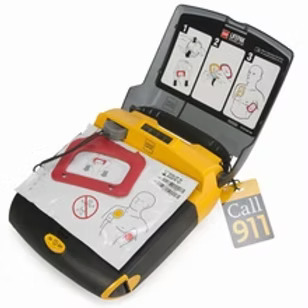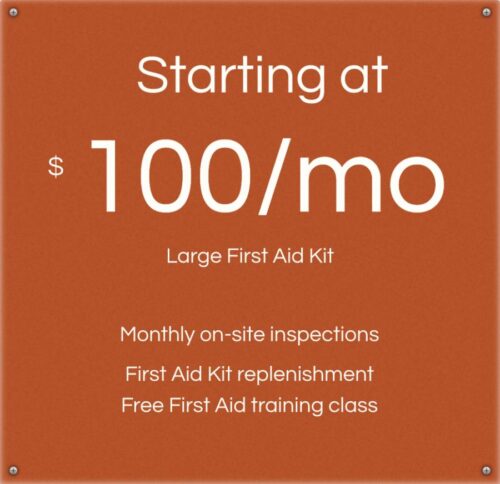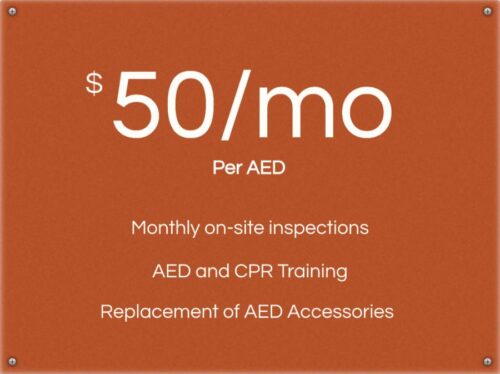
When faced with a cardiac emergency, every second counts. Having the knowledge and skills to respond swiftly and effectively can mean the difference between life and death. This is where Basic Life Support (BLS) certification becomes a vital asset, empowering individuals to be first responders in critical situations. At LP Health Directions, we understand the profound impact BLS training can have, not only on personal growth but also on the safety and well-being of communities.
Introduction: The Lifesaving Importance of BLS Certification
BLS equips individuals with the essential techniques to sustain life until advanced medical help arrives. By mastering these skills, you gain the confidence to act decisively and increase the chances of survival for those experiencing cardiac emergencies. Whether you’re a healthcare professional, a teacher, a concerned parent, or simply someone who values preparedness, BLS certification is a powerful tool that can transform you into a lifesaver.
Understanding BLS: What Does It Involve?
At its core, BLS encompasses a comprehensive set of lifesaving techniques and tools designed to support breathing and circulation. The primary components include cardiopulmonary resuscitation (CPR) and the use of automated external defibrillators (AEDs). Together, they offer hope and stability in the most vulnerable moments, holding the line until expert hands can take over.
CPR is a combination of chest compressions and rescue breaths that help maintain blood flow and oxygen delivery to vital organs. AEDs, on the other hand, are portable devices that deliver a controlled electric shock to the heart, potentially restoring its normal rhythm in the event of sudden cardiac arrest. Through step-by-step procedures and hands-on practice, BLS training equips you with the knowledge and muscle memory to effectively administer these life-sustaining techniques.
Key Skills: Mastering CPR and AED Use
At the heart of Basic Life Support lies the mastery of CPR and AED usage. CPR is a critical skill that involves a series of coordinated actions, including chest compressions and rescue breaths. Whether for adults or children, understanding the proper technique and rhythm is essential to ensure the delivery of life-sustaining oxygen and blood flow.
AEDs have revolutionized emergency response by providing a simple yet powerful tool for addressing sudden cardiac arrest. During BLS training, you’ll learn how to properly operate these devices, from identifying the need for defibrillation to safely and effectively delivering the electric shock that could restart the heart.
Hands-on practice is paramount in truly mastering these techniques. Through simulations and repetition, you’ll gain the muscle memory and confidence to respond swiftly and effectively in real-life situations. LP Health Directions’ experienced instructors will guide you through every step, ensuring you develop the skills necessary to save lives.
Choosing the Right BLS Certification Course in Phoenix, AZ
With a wealth of BLS certification providers in Phoenix, it’s crucial to select a course that meets the highest standards of quality and accreditation. At LP Health Directions, we understand the importance of making an informed decision. When evaluating BLS courses in the area, consider factors such as:
- Accreditation: Ensure the course is accredited by reputable organizations like the American Heart Association or the American Red Cross, guaranteeing adherence to the latest guidelines and best practices.
- Course Curriculum: Look for comprehensive curricula that cover both theoretical and practical aspects, including hands-on training with CPR manikins and AED simulators. Online courses do not allow you to demonstrate skill proficiency under the guidance of a certified instructor, and therefore do not meet requirements for OSHA certification.
- Instructor Credentials: Experienced and knowledgeable instructors are key to effective learning. Prioritize courses led by certified professionals with extensive real-world experience.
- Reputation and Reviews: Research the course provider’s reputation by reading reviews and seeking recommendations from trusted sources.
LP Health Directions takes pride in offering BLS certification courses that meet and exceed these criteria, ensuring you receive the highest quality training to prepare you for emergency situations.
Preparing for Your BLS Class: What to Expect
As you embark on your BLS certification journey, it’s natural to feel a mix of excitement and apprehension. LP Health Directions is committed to providing a supportive and engaging learning environment that caters to individuals of all backgrounds and experience levels.
A typical BLS class begins with an introduction to the theoretical foundations of emergency response, covering topics such as anatomy, physiology, and the principles of BLS. However, the true strength of our courses lies in the hands-on practical sessions.
Under the guidance of our expert instructors, you’ll participate in simulations that mimic real-life scenarios, practicing CPR on manikins and familiarizing yourself with AED operation. These interactive sessions are designed to build your confidence and reinforce the muscle memory essential for effective emergency response.
Rest assured, no prior medical knowledge is required to excel in our BLS courses. Our instructors are skilled at breaking down complex concepts into easy-to-understand modules, ensuring that everyone can grasp the material and develop proficiency in these lifesaving techniques.
The Examination: Earning Your Certification
Completing your BLS certification journey culminates in a two-part examination process. The first component is a written test that assesses your theoretical understanding of BLS principles and procedures. Our instructors will provide study materials and guidance to help you prepare effectively.
The second part is a practical examination, where you’ll demonstrate your mastery of CPR and AED usage. This hands-on evaluation allows our instructors to ensure you have acquired the necessary skills and confidence to respond appropriately in real-life emergencies.
While the thought of an examination can be daunting, rest assured that our instructors are committed to your success. With thorough preparation, practice, and a clear understanding of the step-by-step processes involved in BLS, you’ll be well-equipped to navigate the certification process with ease.
Beyond Certification: Keeping Skills Sharp
Earning your BLS certification is a significant achievement, but maintaining proficiency is an ongoing journey. At LP Health Directions, we believe in fostering a culture of continuous learning and skill development to ensure you remain prepared for emergencies at all times.
Regular practice and recertification are essential to reinforce the muscle memory and knowledge gained during your initial training. Our team offers periodic refresher courses and workshops, providing opportunities to review techniques and stay up-to-date with the latest guidelines and best practices.
Additionally, we encourage our students to explore online resources, such as instructional videos and interactive simulations, to supplement their learning and practice. By actively engaging with these materials, you can maintain a high level of preparedness and confidence in your BLS skills.
Benefits of Being BLS Certified for Individuals and Communities
The impact of BLS certification extends far beyond personal growth and preparedness. By becoming BLS certified, you contribute to creating safer communities and fostering a culture of preparedness and resilience.
Certified individuals become valuable assets to their families, workplaces, and neighborhoods, serving as first responders in emergencies and potentially saving countless lives. This heightened sense of community safety and preparedness can have a ripple effect, inspiring others to pursue BLS training and creating a network of trained individuals ready to respond in times of need.
Furthermore, BLS certification can open doors to new career opportunities in the healthcare industry and related fields. Many employers value the skills and commitment demonstrated by BLS-certified individuals, recognizing their potential to contribute to a safer and more efficient work environment.
FAQs
Is there an age requirement for BLS certification?
While age requirements may vary slightly among providers, most BLS courses are open to individuals aged 12 and above. However, it’s important to note that certain techniques, such as rescue breaths, may be modified or omitted for younger participants.
What’s the difference between CPR and BLS?
CPR (cardiopulmonary resuscitation) is a critical component of BLS, but BLS encompasses a broader range of lifesaving techniques and tools, including AED usage and airway management.
How long is a BLS certification valid?
BLS certifications are typically valid for two years from the date of completion. However, it’s essential to check with your specific provider for their certification renewal requirements.
How do I renew my BLS certification?
Most providers offer recertification courses or refresher programs that allow you to update your skills and knowledge. These courses are typically shorter than the initial certification program and focus on reviewing and practicing the essential BLS techniques.
At LP Health Directions, we strive to address any additional concerns or queries you may have, ensuring you feel fully prepared and confident as you embark on your BLS certification journey. Our dedicated team is here to support you every step of the way, providing the guidance and resources you need to become a lifesaver in your community.


